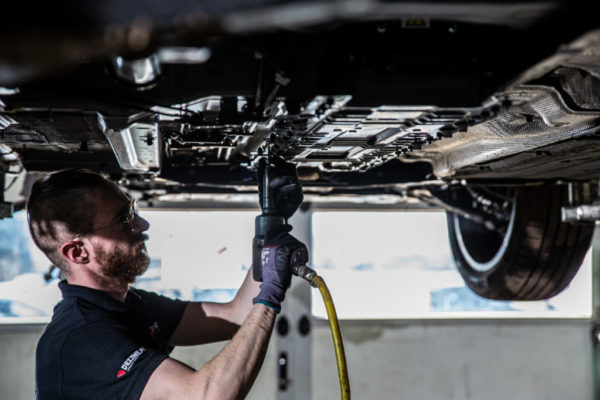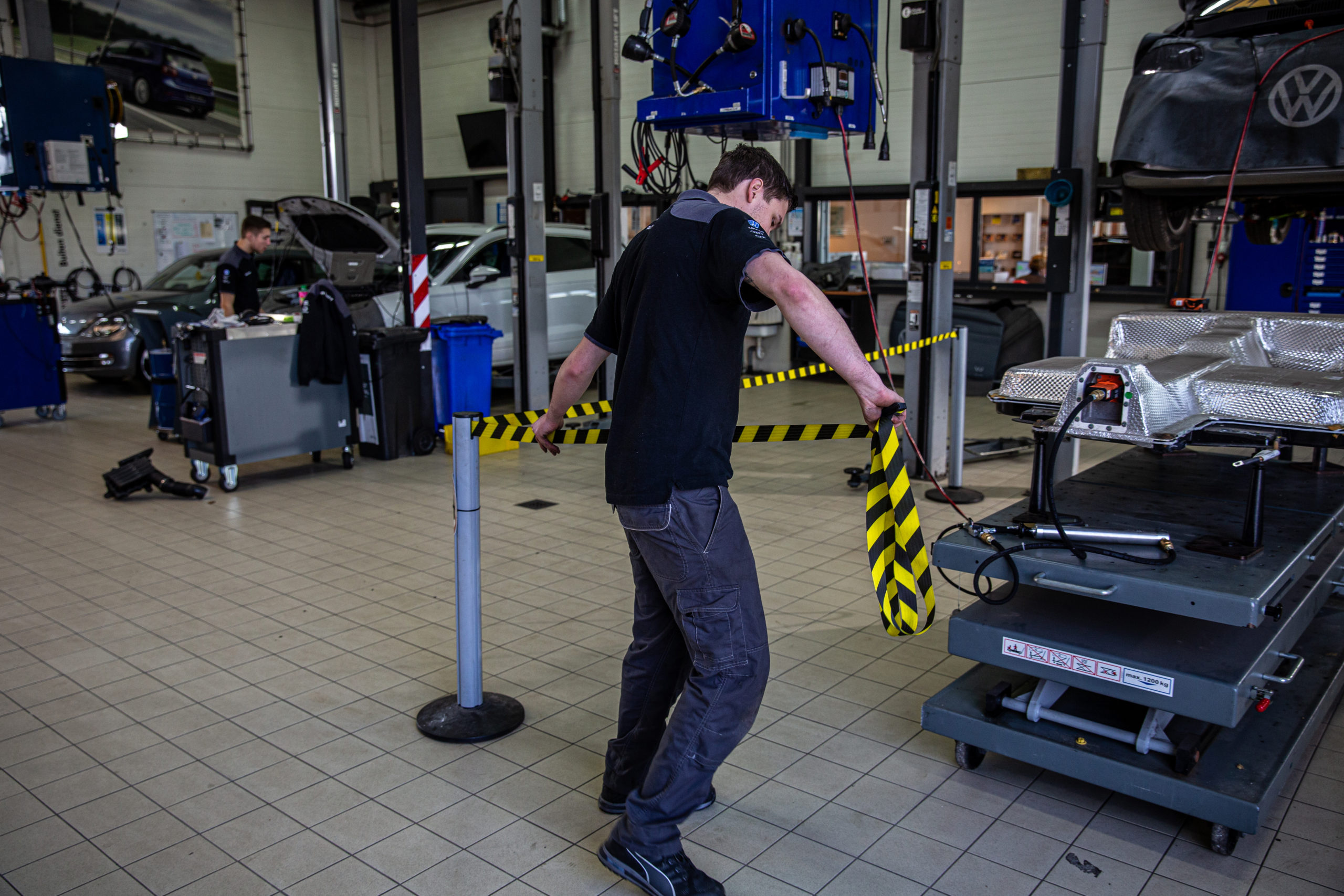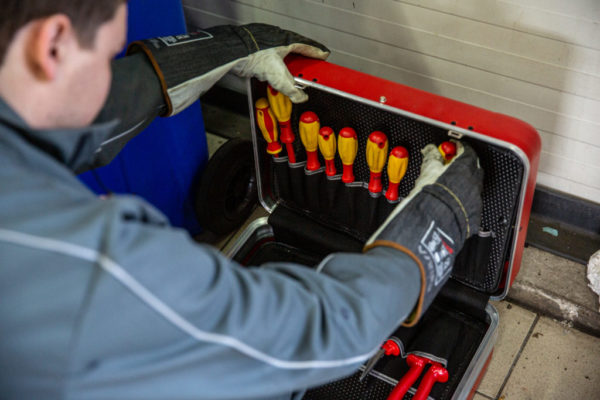Legislation and regulations for recycling batteries
The “Besluit beheer batterijen en accu’s” (Bbb, battery-management decree) constitutes the Dutch government’s interpretation and implementation of European guidelines for handling batteries. All legal provisions pertaining to the processing of batteries are laid down in the Bbb. It applies to all batteries, including starter batteries and EV-batteries.
The full regulations are accessible on the government website: Besluit beheer batterijen en accu’s.

Regulations for the transport of batteries
Stringent requirements apply to the transport of batteries. These are documented in the ADR, an international agreement on the transportation of dangerous goods. Among other things, it includes the requirements that must be met for packaging during transport. ARN collaborates with battery-collection companies that comply with ADR requirements.
Regulations for the storage of batteries
Current regulations for the storage of EV-batteries are not sufficiently unambiguous. Work is currently ongoing on the so-called PGS37 (a series of publications on dangerous substances), which includes regulations for the storage of batteries. This should be ready sometime in 2022. In the relevant legislation, reference will be made to the PGS37.

The LAP3 national waste-management plan
The LAP3 national waste-management plan stipulates how a variety of waste materials must be dealt with in the Netherlands, including minimum standards that apply to processing, for example. Furthermore, for EV-batteries and starter batteries there is a sector plan, in which the waste policy of the LAP3 has been translated into the various waste streams, including those from end-of-life vehicles.
European legislation
European Directive 2006/66/EC documents the EU regulations for handling batteries.
ARN Management Plan
The responsibility for batteries rests with the producers, which means that the manufacturer or importer of the car is responsible for their collection and processing. Together with the Stichting Batterijen (Stibat batteries foundation), ARN has developed a collective solution that effectively assumes the producer responsibility from about 80 affiliated car importers.


Dismantling a vehicle equipped with a high-voltage battery
Dismantling a vehicle that is equipped with a high-voltage battery calls for specific knowledge. For this reason, ARN and Innovam have developed the “Safe dismantling of e-vehicles“ training course. Extensive regulations apply to the dismantling of end-of-life vehicles.
Newsletter